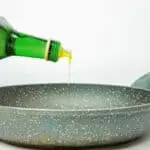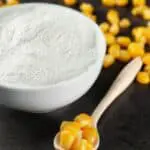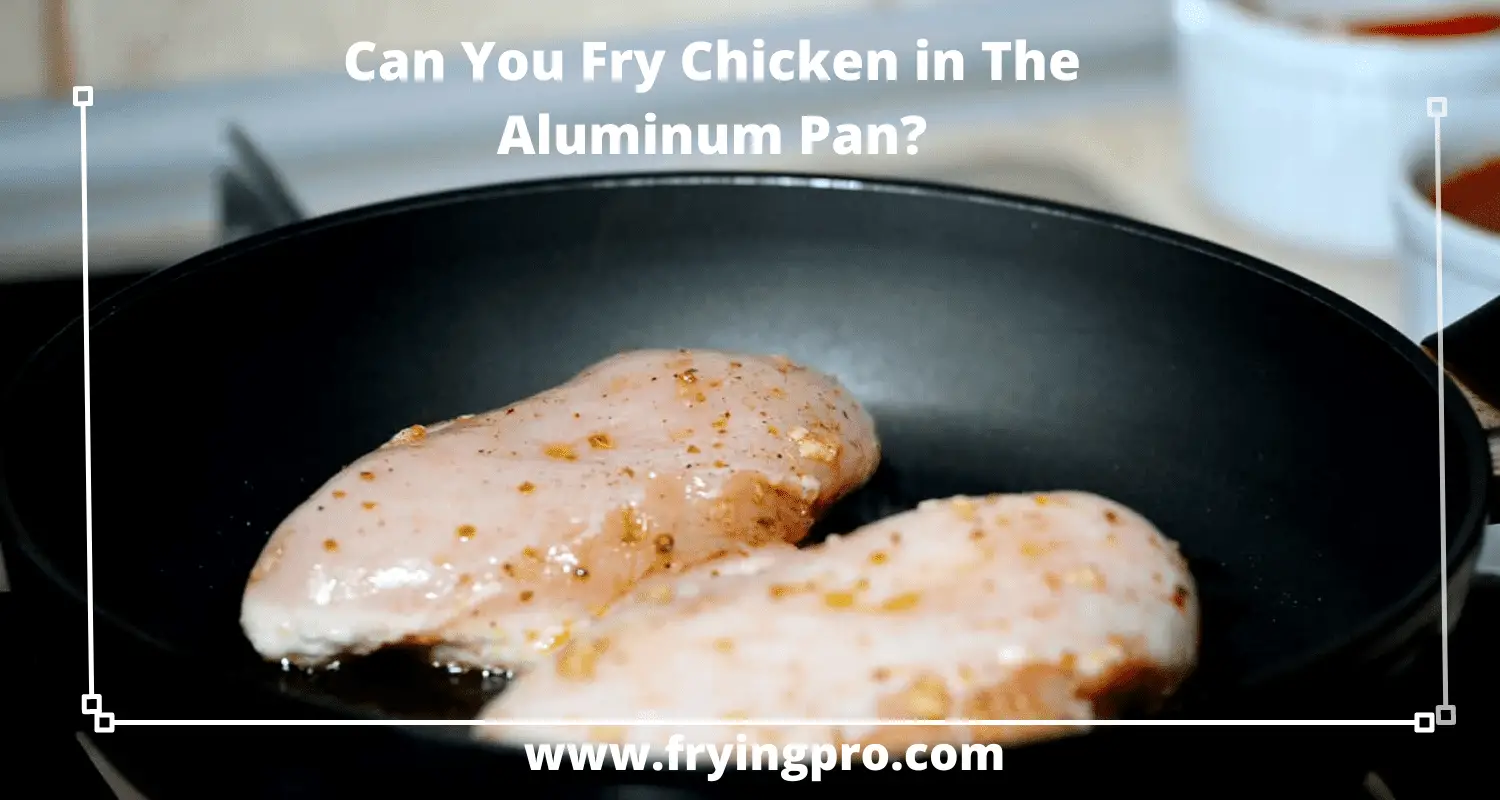Table of Contents
- How hard is it to bend a frying pan?
- Kinds of pans and their strength
- Factors that determine the strength of a frying pan
- Conclusion
How hard is it to bend a frying pan?
You might like to know the answer to one of life’s great mysteries: How hard is it to bend a frying pan? If you’re cooking, you have a frying pan in your kitchen.
But how do you care for this handy tool, so it lasts longer and doesn’t warp from being heated on the stove? This blog post will teach you how it can happen and what are some ways to prevent it!
By comparing the average thickness, you can easily conclude that cast iron frying pans are harder to bend than aluminum and stainless steel pans. The following graph shows the average thickness of three kinds of pans. The thicker the pan, the more challenging it is to bend!

Kinds of pans and their strength
First things first, let’s look at what kind of pans we have out there. There are three main types: cast iron, aluminum, and stainless steel. They all have their pros and cons regarding durability and strength.
Cast iron pans
Cast iron has been around since humans began making pots over campfires because they retain heat well but can be heavy and difficult to handle. This material is very durable and will last a lifetime if treated well.
Because cast iron pans retain heat so well, it can be pretty easy to bend them when applying a strong force at a hot temperature. The good news is that the pan is unlikely to warp from regular heating on your stovetop.
Cast iron pans may have been made in one part of the world, but today most cast iron pans are manufactured in China. Luckily they still have an excellent reputation for being very durable and high quality.
Read more: Why does fish stick to pan when frying: Surefire Tips to a perfect Fried Fish
Aluminum pans
Cooks love aluminum because it conducts heat quickly and is relatively lightweight. Aluminum frying pans aren’t as strong as those made from cast iron, but they are very durable and may last as long as 25 years.
Aluminum pans can be bent more quickly than those made from stainless steel or cast iron because the metal is softer. This means you have to pay more attention when handling them so you don’t bend them on a cutting board or another hard surface.
Stainless steel pans
Stainless steel pans aren’t as conductive, but they can go in the oven and under the broiler without any issues.
As far as their strength is concerned, it is a toss-up between aluminum and stainless steel. They are both durable materials, but aluminum will not be as strong as stainless steel.
But the stainless steel pans won’t warp from being placed on a hot burner, but you can bend them if you apply too much force at once.
Read more: How much does a golden frying pan cost tf2?
Factors that determine the strength of a frying pan
As mentioned earlier, how hard a frying pan is to bend depends on its material. However, many other factors determine the strength of a pan.
Here’s the list:
Cold vs. hot
If the frying is put on the stovetop for more than an hour, it will be more prone to breakage. But this case is exceptional. If your pan is cold, and you put it on a hot stovetop for no more than ten minutes, nothing will happen to the frying.
Generally speaking: if you take a hot frying pan and try to bend it while it’s still warm, it’s not going to break. Breakage of the frying pan is contingent upon the heat and force applied with your hands.
Location of manufacturing
If the frying pan is inexpensive or made in China, it will be less challenging. However, if your frying pan is manufactured in Japan or Germany, it will be more durable. This is because modern-day manufacturing in China is either in small factories or home-based operations.
Coating
Yes, you read that right! Coating determines whether the frying pan is hard to break or not. For instance, a Teflon coating may make your frying pan weaker because when you apply pressure to the frying pan, it will melt. Then you’ll be left with a tough substance, but it can’t do its job because it’s melted, and the Teflon is no longer effective.
On the other hand, if you have uncoated cast iron or aluminum frying pan and apply force to bend it, nothing will happen to the pan because it’s uncoated. This is why professional chefs prefer uncoated cooking utensils in their kitchen.
Size of handles
If you have a small frying pan and its handles are very small, they will break easily because the handle of your frying pan needs to support the weight of its contents.
On the other hand, larger handles can withstand more pressure and heat. A medium-sized frying pan with medium-sized handles will do great as well.
Rapid heating and cooling
Rapid heating is when you put a cold frying pan on your stovetop and quickly turn up the high heat.
This will cause the metal to expand too quickly, making the pan bend. This is because the expansion of the metal under heat occurs very rapidly.
On the other hand, rapid cooling doesn’t make much of a difference in a frying pan’s strength because when metal is cooled down, it contracts rather than expands.
Read more: When to cover the frying pan?
The temperature of the stovetop
You need to pay close attention to the temperature of your stovetop when cooking. If you heat your frying pan too quickly and go from low heat to very high heat, the pan won’t be able to keep up with the heat change and will bend.
The exception to this rule is if you have a gas stovetop. Gas stoves are hotter than electric stoves, so heating your pan on a gas stove isn’t an issue because the metal is rapidly heated.
Conclusion
To summarize, it is tough to bend a frying pan. Frying pans are meant to undergo extreme temperature changes and hot heat but rarely do they break.
If you put a frying pan on the stovetop and turn up the heat, nothing will happen until it’s too late. If you bend your frying pan when it’s warm, nothing will happen because metal expands when heated up.
The only case when pans do bend and break is when an exceptional force is applied to a hot pan or when the pan itself is of cheap quality.






